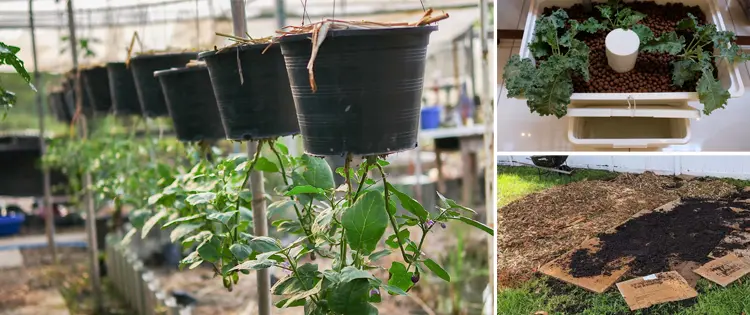For most people, you shove a seed or a plant start in the ground (or a pot), and boom: you’re gardening. On the other hand, some creative souls have dug up new and interesting ways to reinvent the wheel; or gardening, in fact. Let’s take a look at some of the most popular ones out there.
Waffle Gardening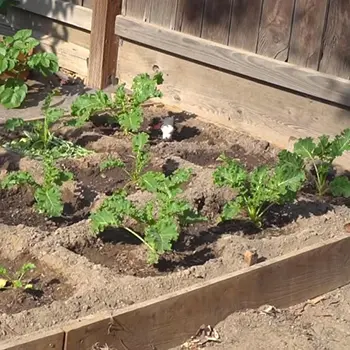
Waffle gardens are sort of the predecessor to square-foot gardening. Cut your garden into even squares, then heap up soil around the edges of each square. You, essentially, end up creating mini-beds for each of your plants (and this is a great way to keep troublesome spreaders in their own space, such as squash). The only drawback for this method is the fact that water rolls back into the bed off the sides. In other words: keep your soaked-soil dislikers out of this style of gardening.
Upside Down Gardening
Trying to outwit pests? Turn your plants upside down and even birds won’t pluck your strawberries. This planting trend was all the rage 10-15 years ago with the Topsy-Turvy Tomato Planter that showed up in Wal-Marts nationwide. However, the fad died out rather quickly and you can’t really find those products so much anymore.
Easy fix: Get a grow back and slice a slit in the bottom. Slide your plant through and add soil to the bag until it’s full. This is an ideal way to grow vine-y plants or those that need support as they grow since they won’t need it. Put them on old clothes hanging lines or stands and water from the top.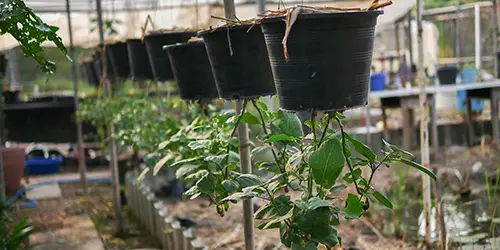
Mittleider Gardening
The promise of being able to grow anything in any soil is incredibly popular, especially as we see erosion and loss of nutrients plaguing backyard gardeners. That said, the Mittleider method may or may not hold as much potential for you as you dream it does. This method requires a keen eye, a careful hand, and more experience than a lot of beginners have access to.
Rows of planting material are carefully heaped with whatever soil you have on hand, whether it’s nutritious or not. Then, you plant your seedlings or seeds and get to work with carefully measured amounts of nutrients. You strip these nutrients into the soil every single week, balancing so you aren’t overfeeding. Essentially, this is much like force-feeding geese for foie gras. Your plants will be bountiful, but they will also burn out faster. If you desire to try this method, I strongly recommend doing it only with annuals or plants that soak up nitrogen such as corn.
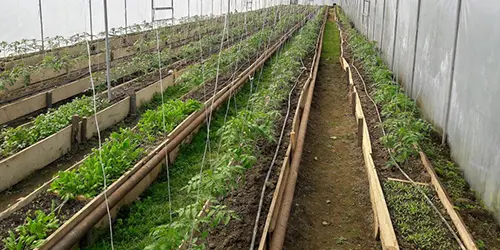
Keyhole Gardening
For the composter, a keyhole garden is probably their ideal set-up. This raised bed sort of garden incorporates a compost bin (or a few, depending on the size of the garden) into the design. Then, as the compost breaks down, it acts as a direct feeding source for the plants that are contained within the raised garden. This also helps cut down on your need for additional fertilizers.
The only bad thing about this method is the need for your compost to be relatively neutral as it is added to the soil. If you frequently compost chicken waste or other “hot” material, you’ll need to compost it elsewhere before adding it directly to this garden or you may accidentally “burn” your precious plants. On the other hand, if you simply compost kitchen scraps and other neutrals, this may be the perfect thing for you. These are also easy to build and help keep you off of your knees, so they may be a good idea for those with mobility issues (like myself) or those who do not wish to crouch and kneel for extended periods of time while they are gardening.
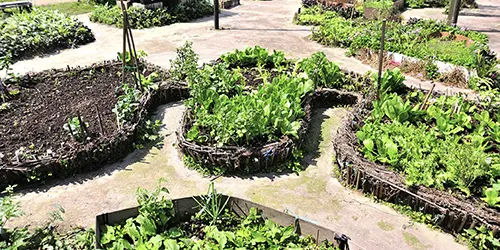
Aquaponics
Are you the type that prefers not to get dirty at all? Aquaponics may be what you’re interested in. There are two major varieties: one with fish and one without.
Aquaponics without fish requires that nutrients be sprayed over the root of the growing plant or immersed in them. Those plants that are sensitive to rootrot should not apply for this position. Watch out for fungus, irritation, and other problems commonly seen in aquaponics such as darkening water; which likely means there is one of the two above starting to happen.
If interested in aquaponics with fish (usually called aquaculture), you can grow your salad and your fish at the same time. Aquaculture like this uses the fertilizer in the fish water to procure nutrients for the plants grown beside or above the fish. Tilapia are the most commonly raised fish for situations like this, but there are dozens of other species that may be able to work. Those particular species should be discussed with your local agriculture board since they will have temperature and space requirements for your preferred fish.
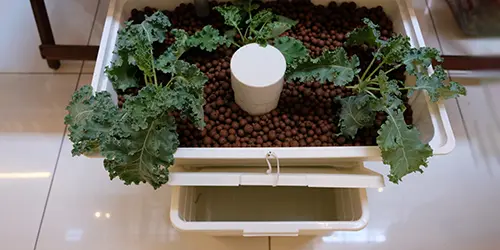
Lasagna Gardening
This is likely the most long-term prep and labor-intensive version of weird gardening covered in this article. Lasagna gardening is popular with those who intend to build a bed within the next year or so, a part of no-till gardening. Some lasagna gardens may be ready for planting as early as three months into the process, but it is better to wait if at all possible. Start in the spring, work it throughout the year, and then go oh ahead and plant in it the following spring. The nutrients will be more easily available to your plants in this manner.
How to start a lasagna garden: place cardboard (without tape and with as little ink as you can find) over the area you wish to plant in. Cover this cardboard with high nitrogen fertilizer such as blood meal or poultry fertilizer that has not been composted. Atop this, add a “green” layer to your lasagna gardens, such as straw or pine needles. Continue to build, adding fertilizer and “green” layers one after another and soaking them down with your hose in between.
Many people question how deep their lasagna garden should be. Honestly? That’s up to you. You know your intentions for this garden. We recommend doubling the required growing depth for your intended plants. For instance, if your plants need 10″ of depth for proper rooting, go with a minimum of 20″ in your initial lasagna. Most of the green layers will compact over time and you will end up with 10-12″ of depth (generally speaking) for your plants next year.
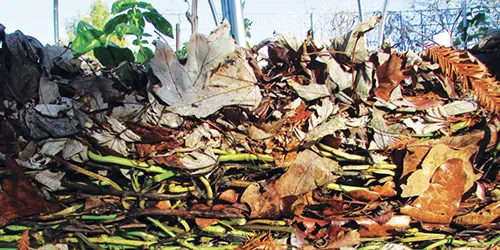
Final Thought
No matter what method you choose, always remember that you can switch to a different one very quickly and easily in most cases. Even plants raised in aquaponic situations can be planted in soil, though do be careful since their roots may be fragile.
You may also like:
Raised Bed VS In-Ground Gardens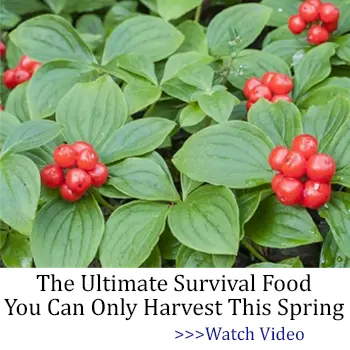
An Insanely Effective Way to Build a 5 Year Food Stockpile (Video)
Meat Prices are SKYROCKETING. Here’s How to Get Ready
50 Off the Grid Homesteading Tips and Tricks
How To Attract Toads and Frogs to Your Garden (And Why You Should Do It)

